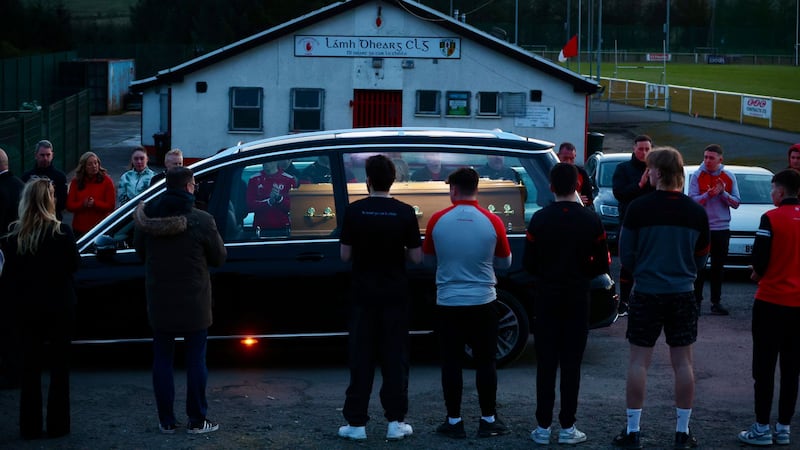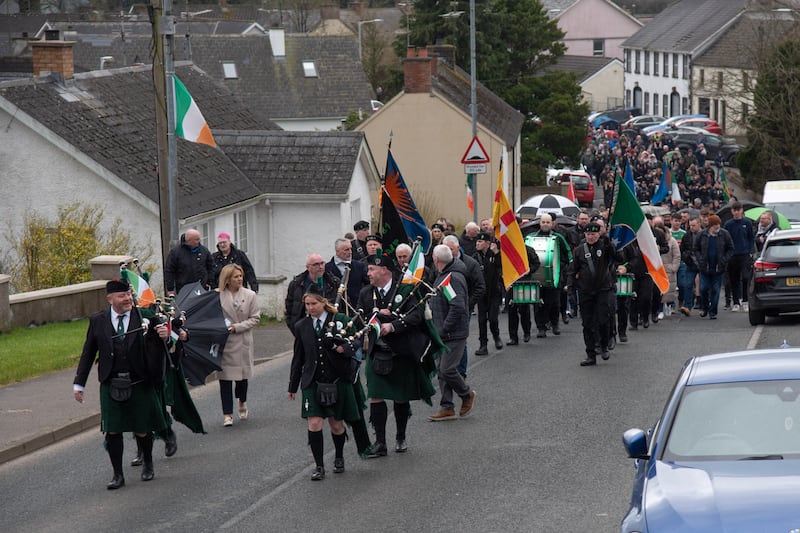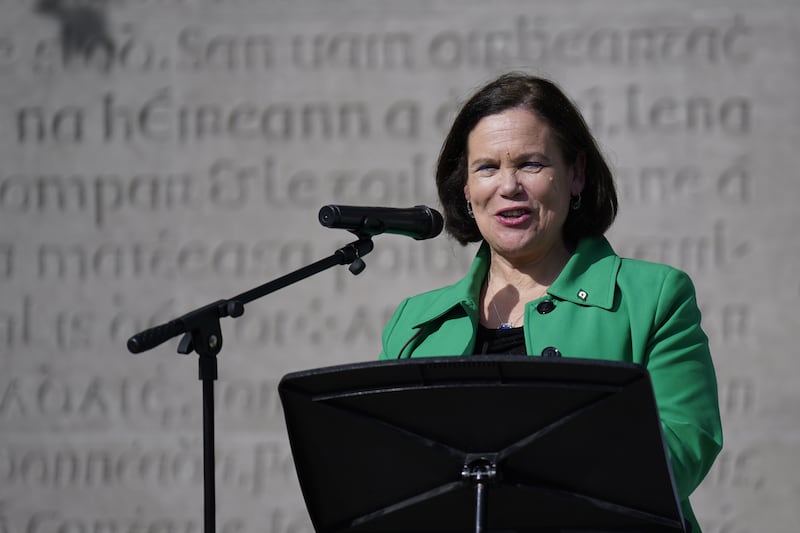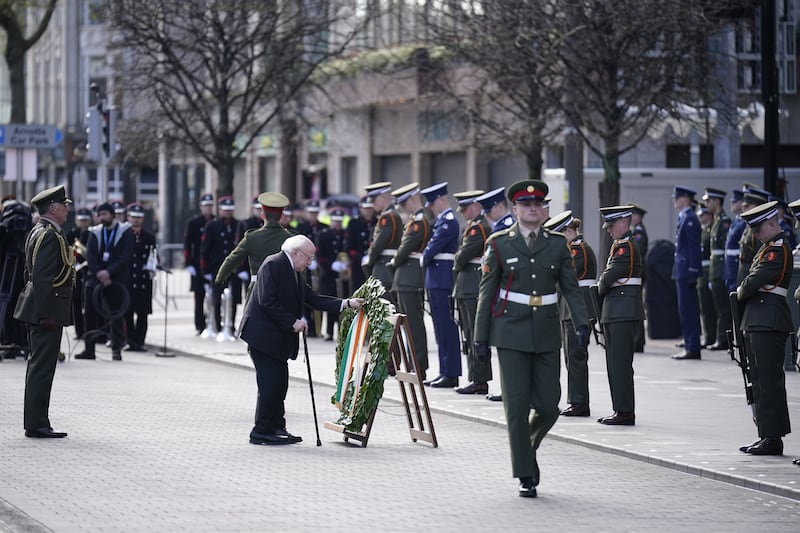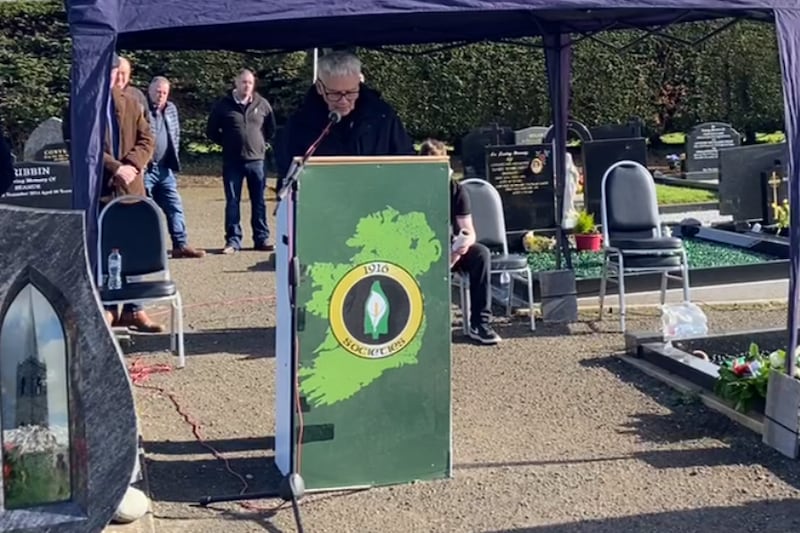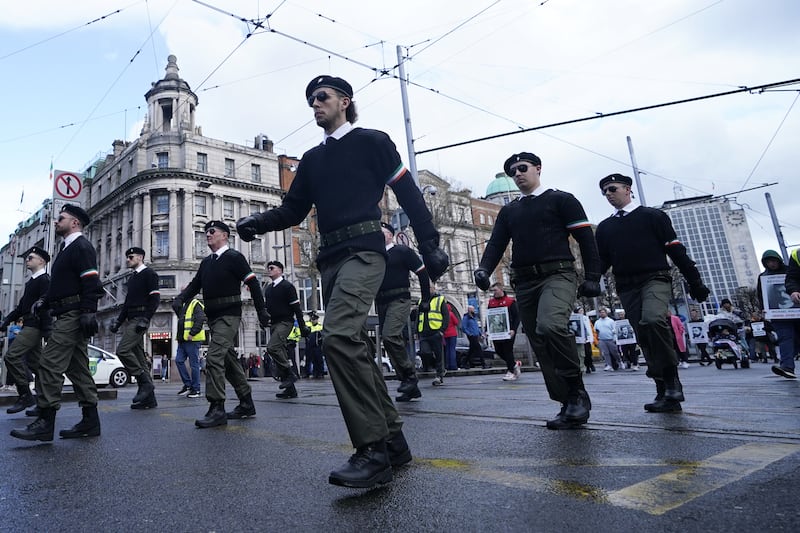IT is difficult to estimate accurately how many rebels fought during Easter Week 1916. The task is even more difficult in trying to assess the participation of women, because so few were arrested afterwards.
Until recently, the only accurate figure for women’s participation was the 77 women known to have been arrested afterwards. However, the release of new archival material, especially the Military Service Pensions Collection, indicates that closer to 250 women were involved.
The vast majority of these women were members of Cumann na mBan, the women’s auxiliary of the Irish Volunteers, and they took part in the fighting in Dublin. A small number were members of James Connolly’s Irish Citizen Army (ICA) and included: Connolly’s daughters, Ina and Nora; Constance Markievicz; the prominent trade unionists, Winifred Carney and Rosie Hackett. Twenty-two women who were involved in the Rising in Galway and 34 in Wexford were later given state pensions in recognition of their roles.
A very small number of women participated in the Rising as members of the Hibernian Rifles, a lesser-known nationalist militia affiliated to the Irish-American wing of the Ancient Order of Hibernians. Indeed, some women were not members of any specific organisation, as in the case of the Abbey Theatre actress Ellen Bushell who joined forces with the nationalist boy scouts, Fianna Éireann, through her friendship with Cornelius Colbert.
The motivation for so many women becoming involved in rebel activity possibly relates to the involvement of other members of their families, usually brothers who were in the Volunteers, as in the case of Thomasina and Julia Weston, who joined their brothers, Bartle and Charlie, in the actions of Thomas Ashe’s Fingal battalion on the Dublin-Meath border.
The duties assigned to women, and Cumann na mBan in particular, were strictly non-combat roles. Bridget Lyons, who would later become the first woman to serve in the Irish Free State Army, was a medical student in University College Galway when she accompanied her uncle, Joseph McGuinness, to the Four Courts garrison. She later recalled that she and her female counterparts "spent a lot of time making tea and sandwiches".
However, women with medical experience such as Bridget Lyons and nurses Linda Kearns and Elizabeth O’Farrell, were indispensable as the fighting intensified.
The most prominent woman to play a combat role in the Rising was undoubtedly Constance Markievicz, who is widely believed to have been responsible for the gunshot wound that caused the death of the Dublin Metropolitan Police Constable Michael Lahiff. Markievicz famously had her death sentence commuted largely on account of her gender.
Constance Markievicz and Margaret Skinnider. (Portraits by David Rooney taken from 1916 Portaits and Lives) Published by the Royal Irish Academy.
As regards female casualties, none of the women combatants died, although Margaret Skinnider was seriously wounded, suffering "Two gunshot wounds in shoulder and one gunshot wound ¼ inch from spine received in action about 2am, Thursday, April 27th 1916 in Harcourt St while in charge of five men sent to take house on Harcourt St."
A Glaswegian maths teacher whose parents were from Co Monaghan, Skinnider was involved with the Irish Volunteers and Cumann na mBan in her native city, prior to coming to Dublin in December 1915 to join the Irish Citizen Army. During the Rising, she served in the St Stephen’s Green garrison under the command of Markievicz and Michael Mallin, where her actions included sniping from the roof of the Royal College of Surgeons.
When Skinnider subsequently applied to the Irish government for a disability pension in 1925, she was refused on the grounds that only men were eligible, but this was a convenient pretext for the government to avoid giving compensation to a prominent anti-treaty republican.
Female civilians accounted for 11 per cent of the casualties of the Rising, or 53 of the 485 known to have died. This included one of the two youngest known casualties, Christina Caffrey, who was only two years old at the time of her death from gunshot wounds on Easter Tuesday.
She was being held in her mother’s arms when a bullet went through her mother’s hand and into her back. The vast majority of civilian fatalities (who accounted for 54 per cent of deaths), resided in inner city areas close to the sniping and shelling.
In the aftermath of the Rising, much sympathy focused on the widows and female relatives of the rebels who had died or were executed. These included Lily Connolly, Kathleen Clarke and Maud Gonne (although she had separated from Major John MacBride long before the Rising).
Sisters Muriel and Grace Gifford were widowed when their husbands, Thomas MacDonagh and Joseph Plunkett were among the seven executed signatories of the proclamation. Muriel MacDonagh died tragically in a drowning accident in July 1917, orphaning her two young children, Donagh (4) and Barbara (2) and Grace Gifford was widowed within hours of her marriage to Plunkett in Kilmainham Gaol just before his execution on 4 May 1916.
Less prominent widows of the Rising include Margaret Geoghegan, whose husband George, a member of the ICA, died on 26 April. Living in very poor circumstances and supporting her three children on the proceeds of casual domestic service, she was eventually awarded a pension by the Irish state.
Similar pensions were paid to other women who lost close relatives upon whom they were financially dependent, including Roger Casement’s sister Agnes Newman, who had been wholly dependent on her brother following estrangement from her husband and subsequent widowhood.
Another group of widows and children bereaved by the Rising were those of the 17 Irish policemen who died, 3 members of the Dublin Metropolitan Police and 14 Royal Irish Constabulary officers. Four of the RIC men left widows (one of whom was pregnant) and a total of eleven children, while a number of the dead policemen had also been the sole providers for their parents and siblings.
The prominence of female rebels was a striking feature of the Rising, paving the way for Cumann na mBan to play a significant role in the Anglo-Irish and civil wars. An assessment of the impact of the Rising on women also needs to take account of the experience of women bereaved by the loss of close family members among the civilian and combatant casualties on both sides.
- Dr Marie Coleman lectures in Modern Irish History at the School of History and Anthropology, Queen’s University Belfast.

